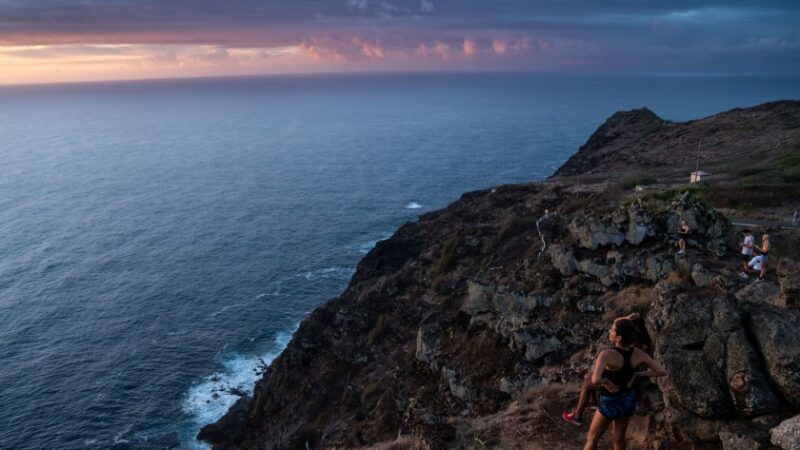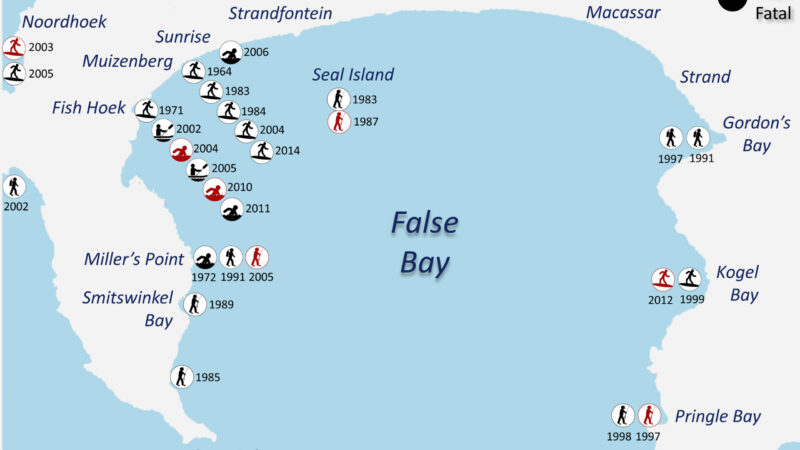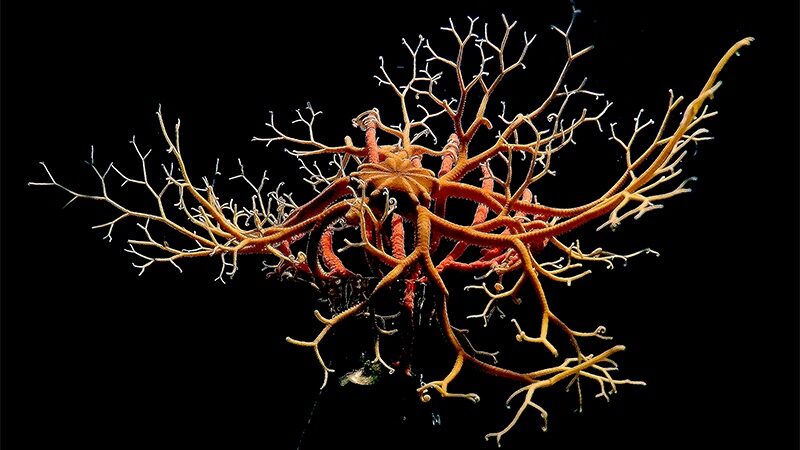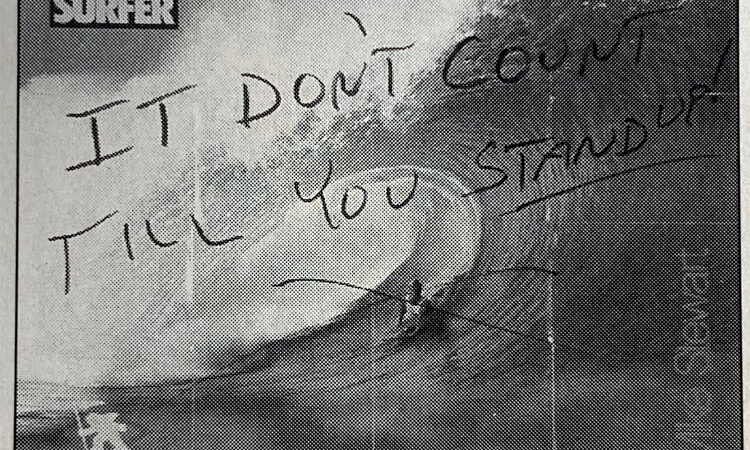For many riders, El Frontón is one of the best bodyboarding slabs on planet Earth. It breaks over a lava bottom, but it can also break bones.
Located on the north coast of Gran Canaria, in the Canary Islands, El Frontón is a heavy A-frame, freak and dangerous wave powered by a shallow reef.
For those who choose to go left, they’ll find a mutant barreling beast that will defy any experienced bodyboarder. If you take off on a right-hand wave, get ready to embark on a challenging freight train.
The wave itself is as thick as you can get and its swallowing tube section is not for the faint of heart. On bigger days, El Frontón reminds us of Tahiti’s Teahupoo.
The Canarian spot offers some of the biggest and steeps air ramps for bodyboarding in the world. In other words, El Frontón is a high-performance world-class prone riding wave.
El Frontón can get crowded, so make sure you respect the locals and never drop in on anyone. This is a wave of consequences where serious injuries often occur.

Be Smart When Choosing Your Wave
Nevertheless, Galdar’s infamous reef break is a must-ride spot for intermediate and advanced riders seeking adrenaline-fueled sessions in a chill-out environment.
The access to El Frontón can be tricky. After navigating through the banana plantations near Caleta de Arriba, you’ll find the wave breaking in front of a steep cliff and rocky walking areas.
Before paddling out, watch the sets and wait for the best timing to launch yourself into the surf. Whenever possible, try to avoid catching the first wave of the set – if you wipe out, there will be bigger waves breaking over you.
Also, make sure you don’t ride each wave until the end, otherwise you may get caught inside and suffer the consequences of its pounding power.
El Frontón is a nearly exclusive bodyboarders-only wave. If you’re a stand-up surfer, don’t try your luck here.
For premium conditions, surf El Frontón during mid-to-high tide on an NW-N-NE swell and S-SE offshore winds.





Recent Comments